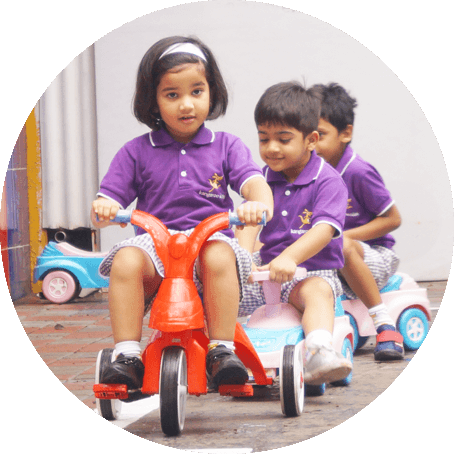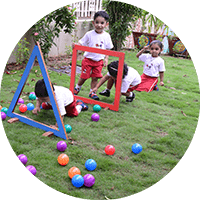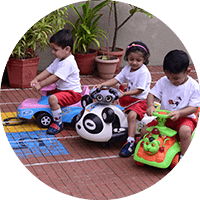Methodology
Kangaroo Kids methodology is based on latest brain research and pedagogy. It has been designed keeping in mind scientific brain based principles on how the brain learns best. The first and most important scientific principle is based on ‘fun’ or high engagement and novelty. Scientists know that the first five years of life are very important for building a child’s brain. We focus on the following,
- Developmentally appropriate learning
- Brain based learning
- Bloom’s taxonomy
- Integrated – interdisciplinary & theme based curriculum
- Multiple intelligences
- Learning styles – tapping into our senses


Brain-based learning refers to teaching methods, lesson designs, and school programs that are based on the latest scientific research about how the brain learns, including such factors as cognitive development—how students learn differently as they age, grow, and mature socially, emotionally, and cognitively.
Bloom's taxonomy is a set of three hierarchical models used to classify educational learning objectives into levels of complexity and specificity. The three lists cover the learning objectives in cognitive, affective and sensory domains. The cognitive domain list has been the primary focus of most traditional education and is frequently used to structure curriculum learning objectives, assessments and activities.
KK Crafts
Educational Theories

The perspectives of philosophers and educators who have influenced early childhood education are an integral part of our curriculum
They help focus on explaining how children develop and transform over the course of childhood.


Center on holistic development including from birth and into early adulthood.
Form personal values / beliefs about learning and understand strategies for promoting children’s development.

